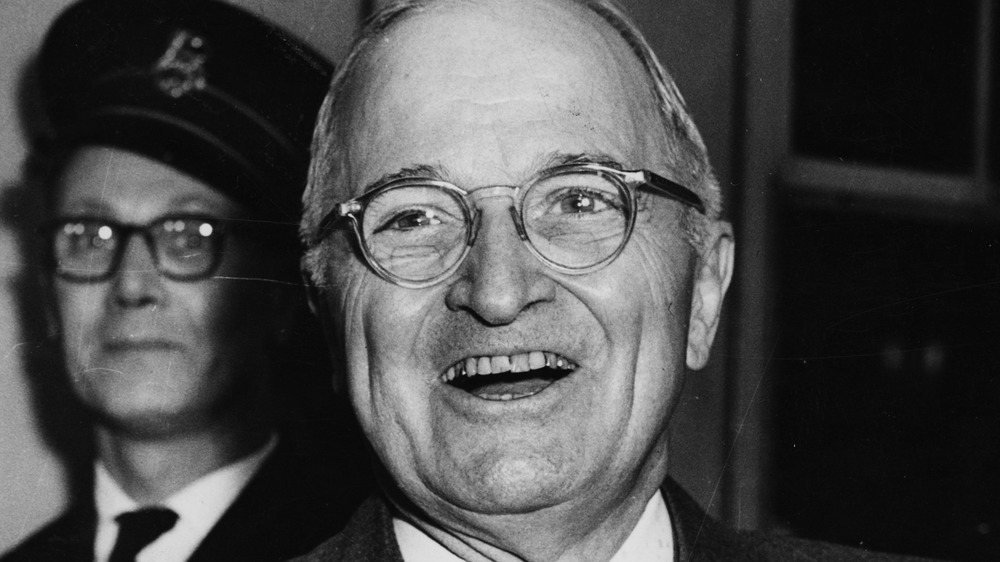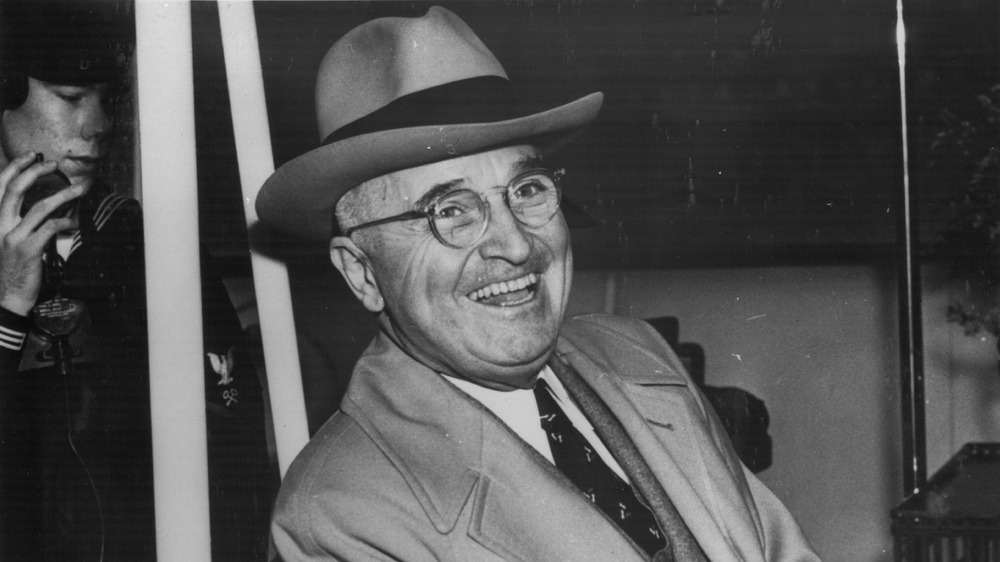A Look At The Assassination Attempts Against Harry Truman
Becoming president offers many challenges — from managing the nation to brokering peace accords with foreign powers to avoiding assassination attempts. One of four presidents has faced an assassination attempt since 1865, according to the National Archives.
While the presidency offers one of the most prestigious positions in the country, it can also be the most dangerous, according to the World Atlas. Despite the hazards a president may experience, the highest office in the land also comes with a trained security force and round-the-clock guards.
Four presidents were killed by their assassins (Abraham Lincoln, James A. Garfield, William McKinley and John F. Kennedy) and some were hospitalized after an attempt (Theodore Roosevelt and Ronald Reagan). President Harry S. Truman faced two attempts on his life, in 1947 and 1950.
The first occurrence took the form of a letter bomb, reported The New York Times, sent by Zionist terrorists known as the Stern gang, who sent several letters to the president and staff members at the White House. The mail room found the explosive letters and turned them over to Secret Service officials, who deactivated them.
An assassination attempt and an act of forgiveness
The second attempt happened on November 1, 1950, when President Truman and his family lived in Blair House on Pennsylvania Avenue as the White House underwent renovations. The president and his wife, who were upstairs in the house, heard the sharp pops of gunfire coming from the front steps, reported History.
Puerto Rican Nationalist Party militants Griselio Torresola and Oscar Collazo walked up to the home and fired German Lugar pistols, according to the Truman Library. Once again, Secret Service prevailed, killing Torresola and capturing Collazo. Private Leslie Coffelt was killed in the attack. The two assassins hoped their actions would help Puerto Rico gain independence. Although President Truman believed Puerto Rico should have more autonomy, the two extremists sought him out anyway, explained Politico.
Although Collazo received a death sentence for the attempt on Truman's life, the president commuted this to life imprisonment in 1952. Collazo stayed in prison until 1979 when President Jimmy Carter freed him. The time in jail did not dilute Collazo's desire for Puerto Rico's independence. After his release, he continued working toward it, according to The New York Times.

